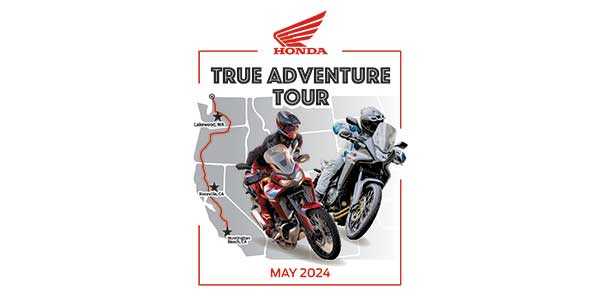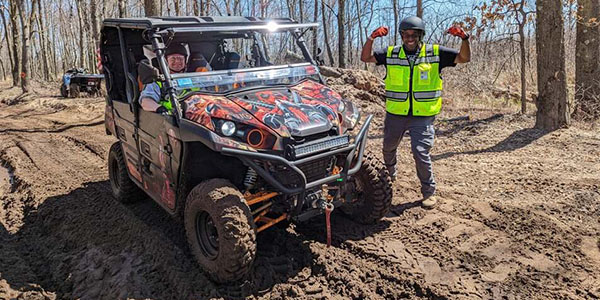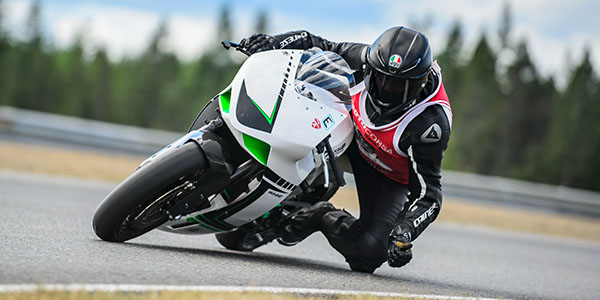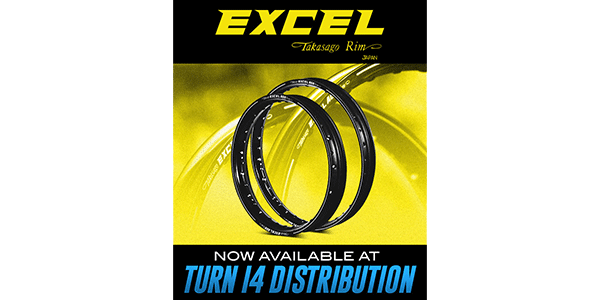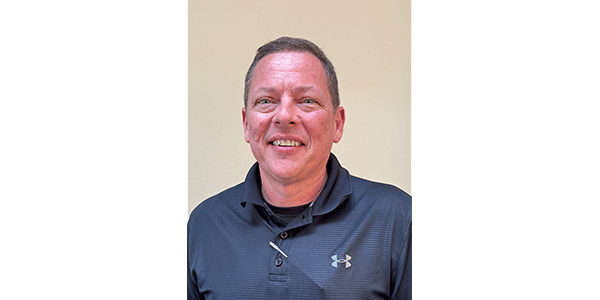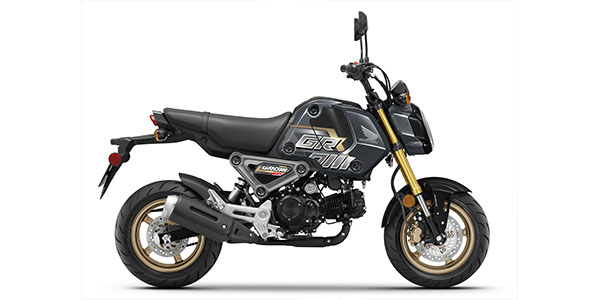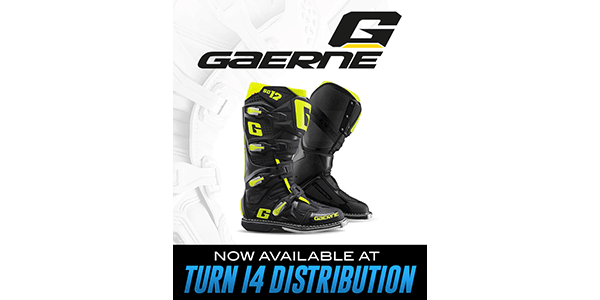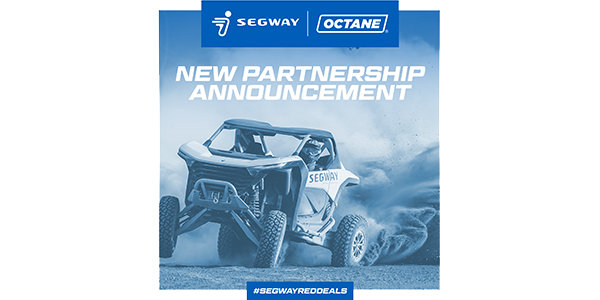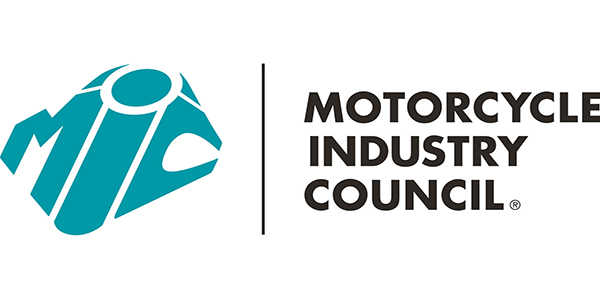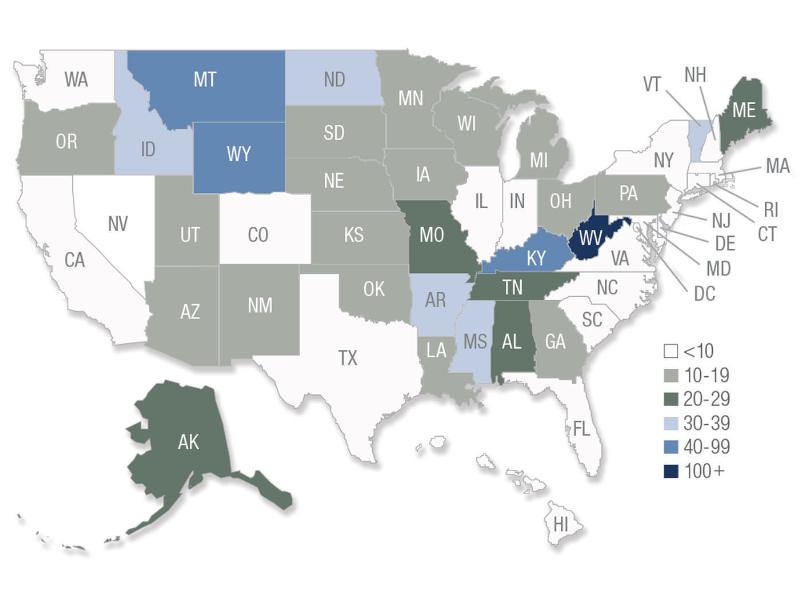
According to a study from the Insurance Institute for Highway Safety (IIHS), about 1,700 ATV riders died in crashes on public roads in the U.S. from 2007 to 2011.
A Consumer Product Safety Commission (CPSC) report linked the increase in the deaths of ATV drivers and passengers to the rise in the popularity of vehicles. The CPSC found that between 1986 and 1998, ATV deaths averaged 227 a year, but then increased to more than 800 in 2007. In 2007, 65 percent of the deaths for which a location was identified took place on public or private roads. The agency estimates that 10.6 million ATVs were in use in the U.S. in 2010, compared with 5.6 million in 2001.
The recent IIHS study found that the vast majority of ATV riders killed in crashes on public roads are 16 or older and male. Few fatally injured riders wear helmets, and many are impaired by alcohol.
"These vehicles are designed for off-road use, yet most of the fatal crashes are occurring on roads," says Anne McCartt, IIHS senior vice president for research and a co-author of the study.
According to the National Highway Traffic Safety Administration‘s Fatality Analysis Reporting System, 1,701 ATV riders were killed on public roads in the five-year period. Nearly nine out of 10 riders killed were drivers.
Rider fatalities during the five-year period peaked in 2008, declining 19 percent by 2011. The IIHS believes that, similar to the recent decline in motor vehicle fatalities, much of the drop is connected to the recent recession.
The IIHS found that crashes occurred primarily in rural areas and in 49 states. No crashes occurred in New Hampshire or the District of Columbia. The highest numbers of deaths occurred in Kentucky (122), Pennsylvania (97), West Virginia (96) and Texas (95). West Virginia had the highest rate of ATV rider deaths (105 per 10 million people).
The study also found that 13 percent of drivers and 6 percent of passengers killed wore helmets. Among fatally injured ATV drivers, 43 percent had a blood alcohol concentration of 0.08 percent or higher.
Fatal ATV crashes are more likely than other fatal crashes to involve a single vehicle. Three-quarters of the fatal crashes in the study involved just one ATV, while only 46 percent of fatal motorcycle crashes in 2007 — 11 were single-vehicle crashes. Of the single-vehicle fatal ATV crashes, 56 percent involved a rollover.
Much attention has been paid to ATV fatalities among children, but in recent years most fatally injured ATV riders have been men. Ninety percent of the ATV driver deaths in the federal government’s database of fatal crashes were 16 and older, and 90 percent were males.
The IIHS suggests that strengthening laws that prohibit the vehicles on public roads is one way to address the danger of ATVs traveling on paved surfaces. However, most states have such bans. Enforcement of such a law is difficult. For example, ATVs can cross roads or ride alongside the road for a limited number of miles. The IIHS also suggests that helmet laws could be strengthened. Only eight states require all ATV operators on public roads to wear helmets. Finally, the IIHS suggests that it may be possible to improve the stability of ATVs to prevent rollovers without sacrificing their off-road capabilities.
When speaking with ATV dealers and ATV manufacturers, Motorcycle & Powersports News has heard that ATVs could be made more road-ready by adding safety features like turn signals and headlights. Taking a safety class provided by organizations such as the Recreational Off-Highway Vehicle Association is another way to raise awareness and teach riders best practices.

